The Gabriella Miller Kids First Data Resource Center (Kids First DRC) is a collaborative pediatric research effort with the goal to understand the genetic causes and links between childhood cancer and congenital disorders.
Prior to her death from cancer in 2013, 10-year-old Gabriella Miller called on Congress to increase support for pediatric research. In 2014, the Gabriella Miller Kids First Research Act was signed into law, authorizing $12.6 million each year for 10 years to support pediatric research within the Common Fund. In fiscal year 2015, by this Act, Congress appropriated the first installment of $12.6 million to the Common Fund for pediatric research.

Gabriella Miller Kids First Pediatric Research Program
January 2015, the NIH Council of Councils, the advisory group that reviews plans for new Common Fund programs, approved a plan for the Gabriella Miller Kids First Pediatric Research program.
Since the approval of this initial plan, NIH has continued to work with pediatric research experts across the NIH Institutes and Centers and within the biomedical research community to refine and develop plans for this program.
Vision
Alleviate suffering from childhood cancer and congenital disorders by fostering collaborative research to uncover the etiology of these diseases and supporting data sharing within the pediatric research community.
As part of the NIH Common Fund’s Gabriella Miller Kids First Pediatric Research Program, the Kids First Data Resource Center (DRC) is charged with:
- Developing data-driven platforms integrating large amounts of genomic and clinical data from different disease types.
- Empowering collaborative discovery, engagement, and necessary partnerships across disease communities is crucial for progress in our biological understanding of diseases.
- Enabling rapid translation to personalized treatments for patients diagnosed with childhood cancer or congenital disorders.
- Accelerating the discovery of genetic causes and shared biologic pathways within and across these conditions.
Global Collaboration
Even though improved technologies and genome sequencing efforts have transformed diagnostic and precision medicine in healthcare, childhood cancer and congenital disorders are still challenging to study due to the limited access to patient samples available to any one institution.
The Kids First DRC accelerates data-driven discoveries and the development of novel precision-based approaches for children diagnosed with cancer or a congenital disorder using large genomic studies. The Kids First DRC comprises integrated core teams that support the development of leading-edge big data infrastructure and provides the necessary resources and tools to empower researchers and clinicians.
Expert doctors, scientists, and researchers work together with patient families through The Kids First DRC to understand the underlying causes of these diseases in children on a biological level and to ultimately support the development of improved and targeted treatments.
The Impact of Putting Kids First in Childhood Rare Diseases
Researchers are using Kids First data to make discoveries related to the underlying causes of pediatric cancer and congenital disorders.
DISCOVERY
Gillani et al.
Gillani et al. combined Kids First data with their own cohort to identify a DNA damage repair gene implicated in sarcoma pathogenesis (2022).
DISCOVERY
Quiat et al.
Quiat et al. combined two Kids First craniofacial development studies to identify novel genes associated with microtia (2022).
DISCOVERY
Qiao et al.
Qiao et al. found genetic variants associated with worse outcomes in congenital diaphragmatic hernia patients (2022).
Kids First Partners
The Kids First DRC includes investigators and researchers from among the world’s leading biomedical research institutions. Its mission is to create a central, cloud-based data portal to access clinical and genomic sequence data from dozens of childhood cancer and congenital disorder cohorts, representing thousands of patients and their families because, while there is not enough data at a single institution to move the needle on these rare diseases, together, we are doing just that.










